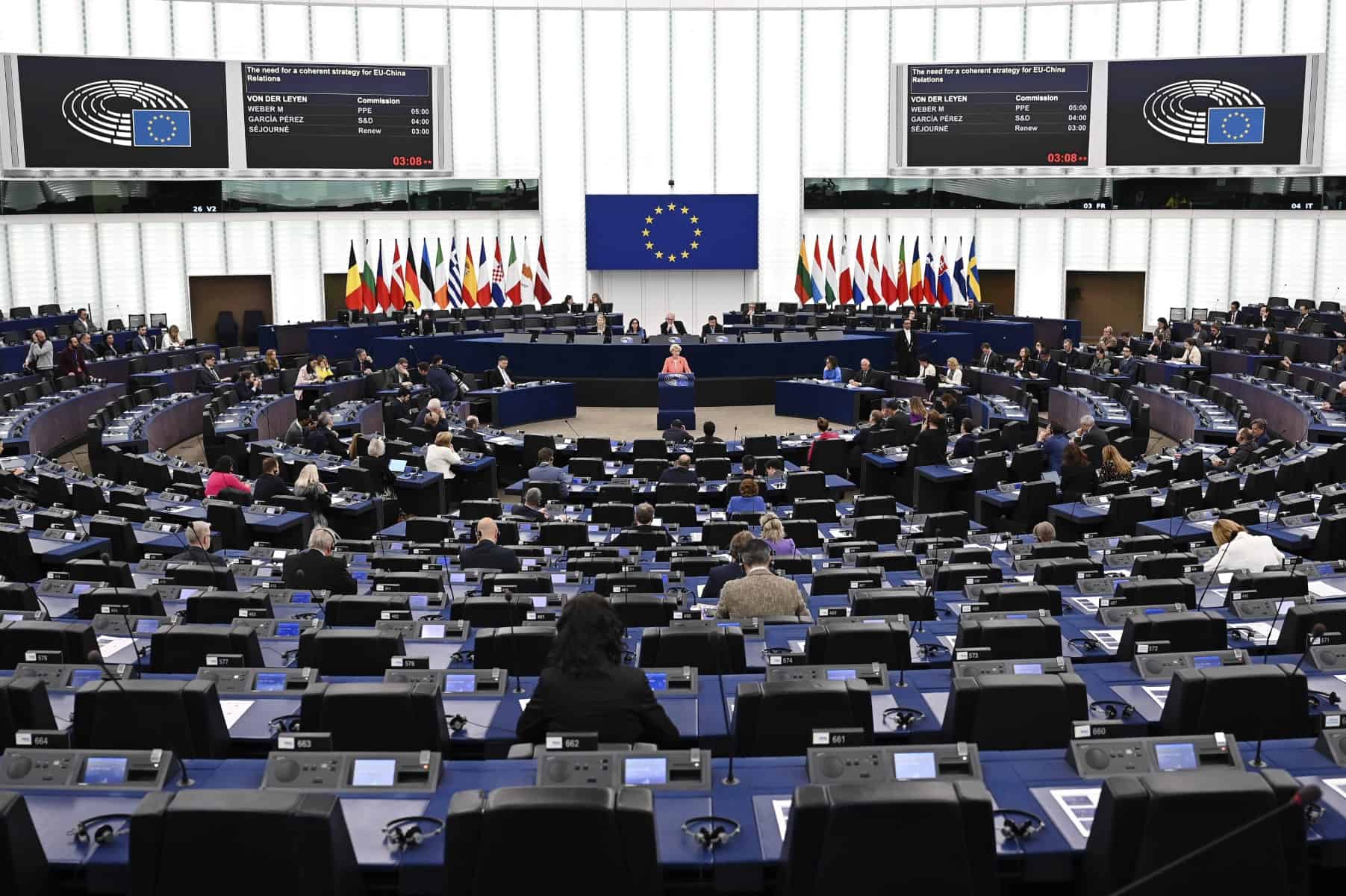Brussels, Belgium – EU lawmakers and member state governments have reached agreement on boosting “green” aviation fuels at airports to cut carbon emissions, officials said Wednesday.
The preliminary deal would see a minimum two percent of sustainable aviation fuel — synthetic, biofuel, or recycled from waste gases and plastic — mixed into currently used kerosene starting from 2025, rising gradually to 70 percent by 2050.
The agreement is part of the European Union’s transition to a net carbon-neutral future and follows a sweeping reform of the bloc’s carbon market that is expanded to include sea and air transport.
The European Commission said the drive to increase sustainable aviation fuels would cut aircraft carbon dioxide emissions by two-thirds by 2050.
“This agreement provides certainty for the SAF (sustainable aviation fuel) industry and airlines alike,” the head of aviation industry group Airlines for Europe, Laurent Donceel, said.
But he added that Brussels needs to support the transition to sustainable aviation fuels in the same way it backs the adoption of solar panels and wind turbines so it is “not pricing passengers out of the air”.
Aviation emissions in Europe were on an upward curve of around five percent per year between 2013 and 2019, dropping off after that only because of travel curbs under the coronavirus pandemic. Those curbs are now largely lifted, and aviation traffic is bouncing back.
The European Parliament and the European Council, which represents member states, have to formally adopt the measure before it is published as a new EU law.








